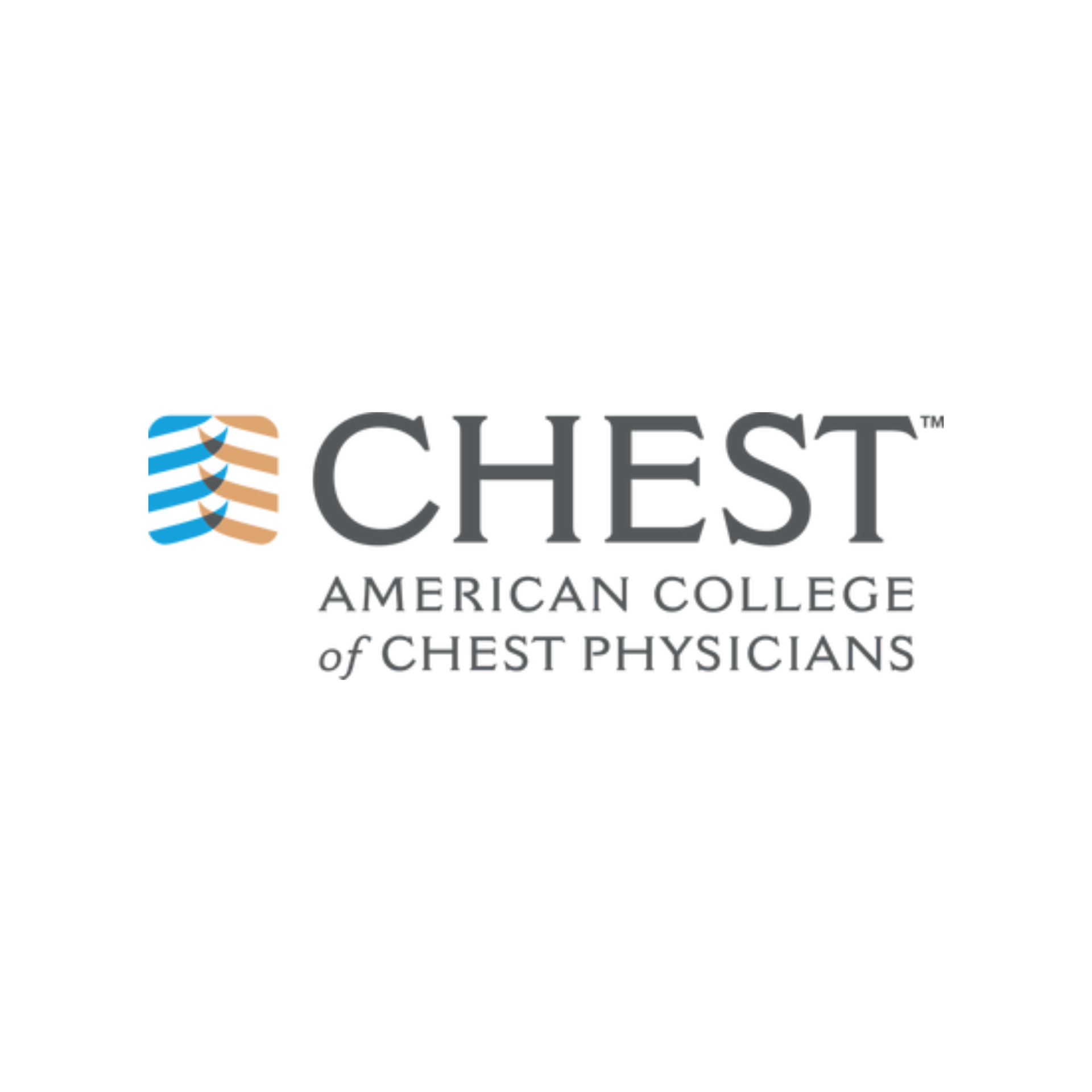COPD
COPD, or chronic obstructive pulmonary disease, is a condition in which the airways in the lungs become broken down and narrowed, often due to smoking cigarettes. Sometimes the air sacs are also damaged. As the lungs become more damaged over time, it becomes increasingly difficult to breathe through the narrowed airways (also known as bronchial tubes). When the damage is severe, it may also become difficult to get enough oxygen into the blood and to get rid of excess carbon dioxide. These changes all lead to shortness of breath and other symptoms. Unfortunately, the symptoms of COPD cannot be completely eliminated with treatment and the condition usually worsens over time.
The term COPD is often used interchangeably with the terms chronic bronchitis
and emphysema
because chronic bronchitis and emphysema are the most common forms of COPD. Also, the current treatments for COPD, chronic bronchitis, and emphysema are similar.
What are the symptoms of COPD?
At first, COPD often causes no symptoms. As it gets worse it can make you:
- Feel short of breath, especially when you are moving around
- Wheeze (make a whistling or squeaking noise as you breathe)
- Cough and spit up phlegm (mucus)
People who have had COPD for a while are also at increased risk for:
- Infections, such as pneumonia
- Lung cancer
- Heart problems
Is there a test for COPD?
Yes. Your doctor or nurse can give you a test called spirometry to check for COPD. During spirometry, you take a deep breath and then blow out as fast and hard as you can into a tube. A machine connected to the tube measures how much air you can blow out of your lungs and how fast you can blow.
If the results of your spirometry are NOT normal, your doctor or nurse will give you medicine in an inhaler. Then he or she will test you again. This will help the doctor or nurse find out if your problem is caused by COPD or another lung problem, such as asthma. People with asthma usually get normal results after they use an inhaler. People with COPD do not.
How is COPD treated?
There are 3 main types of treatment for COPD:
- Medicines – There are a lot of medicines to treat COPD. Most people use inhalers that help open up their airways or that decrease swelling in the airways. Often people need more than one inhaler at a time. As the disease gets worse, some people need to use oxygen.
- Pulmonary rehab – In pulmonary rehab, people learn to improve their symptoms in new ways. They learn exercises and ways to breathe that can help ease symptoms.
- Surgery – RARELY, people with severe COPD will have surgery to remove the most damaged parts of their lung. This surgery can reduce symptoms, but it does not always work.
STOP SMOKING
If you smoke, the most important thing you can do for your COPD is to stop smoking. It does not matter how long you have smoked or how much you smoke. Quitting will slow your disease and help you feel better. Get the flu shot every fall, and the pneumonia vaccine at least once. Infections like the flu and pneumonia can be very hard on your lungs. It's important to try to prevent them.






